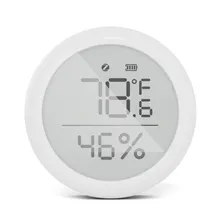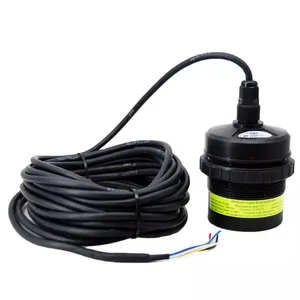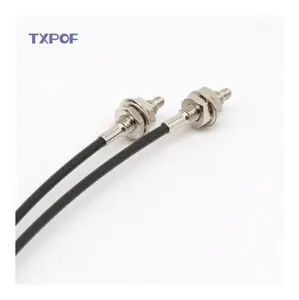Understanding PPG Sensors
Photoplethysmography (PPG) sensors are sophisticated devices designed to detect physiological changes in blood volume in a non-invasive manner. These sensors are integral to a myriad of applications, ranging from wearable health devices like ppg heart rate monitors to clinical-grade equipment used in medical diagnostics. The versatility of PPG technology allows for its integration into various platforms, including ppg sensor modules and ppg sensor watches.
Types and Applications of PPG Sensors
The diversity of ppg sensors is evident in their wide array of types, each tailored for specific applications. For instance, ppg heart rate sensors are commonly embedded in fitness trackers and smartwatches, providing real-time monitoring of heart rate. In the medical field, ppg sensor for blood pressure devices offer a non-intrusive means to monitor blood pressure, aiding in the management of hypertension. The adaptability of PPG technology extends to the realm of DIY electronics, with arduino ppg sensors enabling enthusiasts to create custom health monitoring solutions.
Features and Materials
PPG sensors operate by emitting light into the skin and measuring the amount of light either absorbed or reflected by the blood vessels, thus gauging blood flow. The materials used in these sensors, such as photodetectors and light-emitting diodes (LEDs), are selected for their responsiveness and durability. This ensures that devices like the ppg sensor arduino can be reliably used in various environments, from clinical settings to personal fitness.
Advantages of PPG Technology
The non-invasive nature of photoplethysmography sensors presents a significant advantage, offering a comfortable and convenient solution for continuous monitoring of vital signs. The technology behind ppg blood pressure and heart rate monitoring is also known for its cost-effectiveness and ease of integration into portable devices, making it accessible for a wide range of users.
Choosing the Right PPG Sensor
Selecting the appropriate ppg sensor depends on the intended application. For developers and hobbyists, an arduino ppg offers a flexible and programmable option, while manufacturers may seek specialized ppg monitor components for integration into healthcare devices. It is essential to consider the sensor's specifications, such as its wavelength and response time, to ensure it meets the requirements of the intended use.
Conclusion
In conclusion, PPG sensors are a cornerstone in the development of health monitoring technologies. With their wide-ranging applications and benefits, these sensors continue to play a pivotal role in advancing both personal health devices and medical equipment. For those in search of various ppg sensor options, platforms like Alibaba.com serve as a gateway to a vast selection of components, catering to diverse industry needs without the constraints of traditional retail models.









































 浙公网安备 33010002000092号
浙公网安备 33010002000092号 浙B2-20120091-4
浙B2-20120091-4